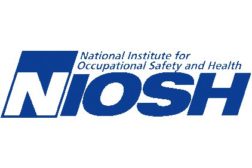Home » Keywords: » nanotechnology hazards
Items Tagged with 'nanotechnology hazards'
ARTICLES
A look back at AIHce 2014:
NIOSH's Geraci describes new model for nanomaterials science, previews agency research
September 8, 2014
Reflecting on Workers Memorial Day
NIOSH chief: “Our duty remains unchanged”
April 25, 2014
NIOSH recommends new exposure levels for nanomaterials
Minimizing worker exposure is recommended
April 30, 2013
Become a Leader in Safety Culture
Build your knowledge with ISHN, covering key safety, health and industrial hygiene news, products, and trends.
JOIN TODAYCopyright ©2024. All Rights Reserved BNP Media.
Design, CMS, Hosting & Web Development :: ePublishing





